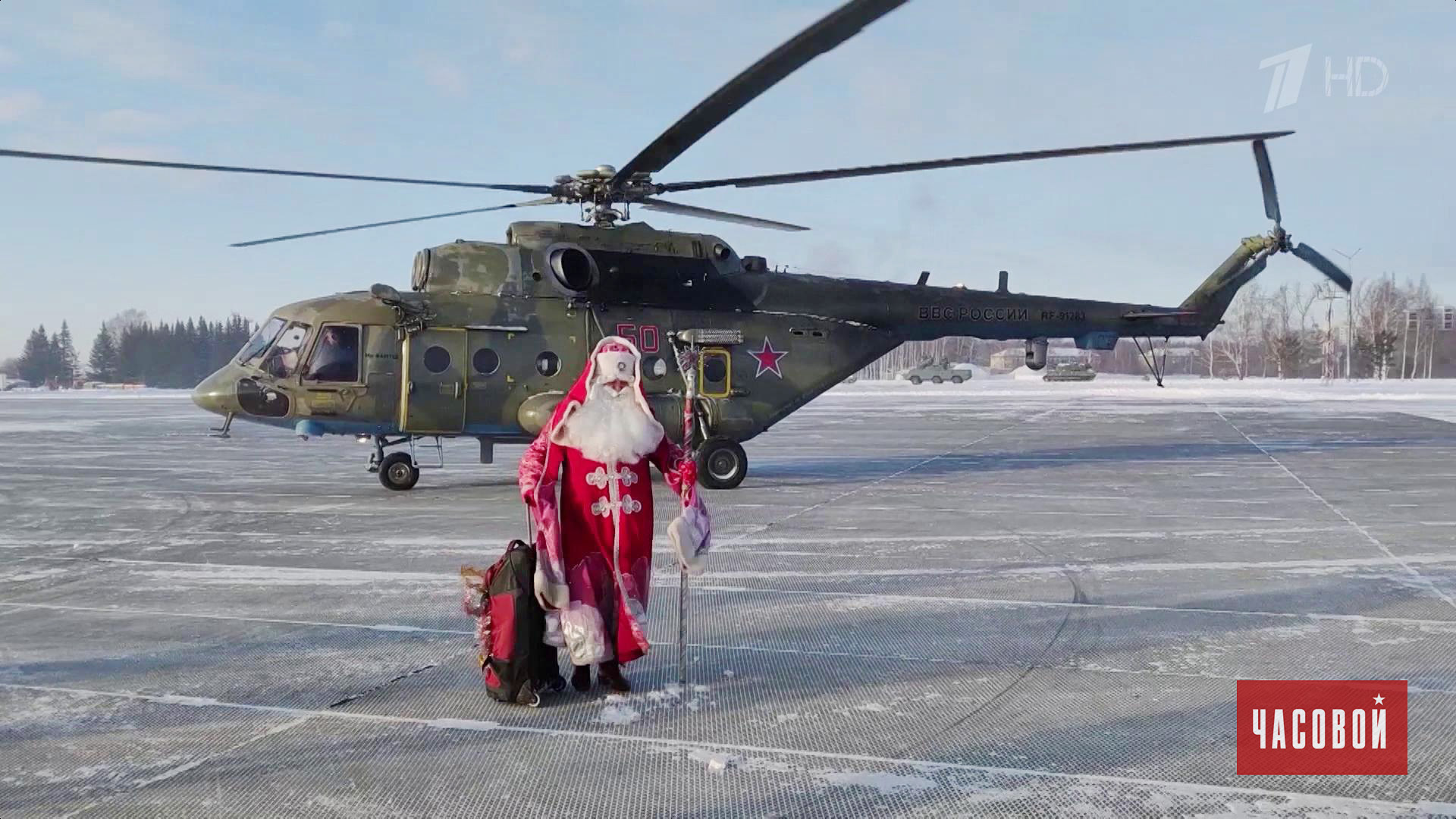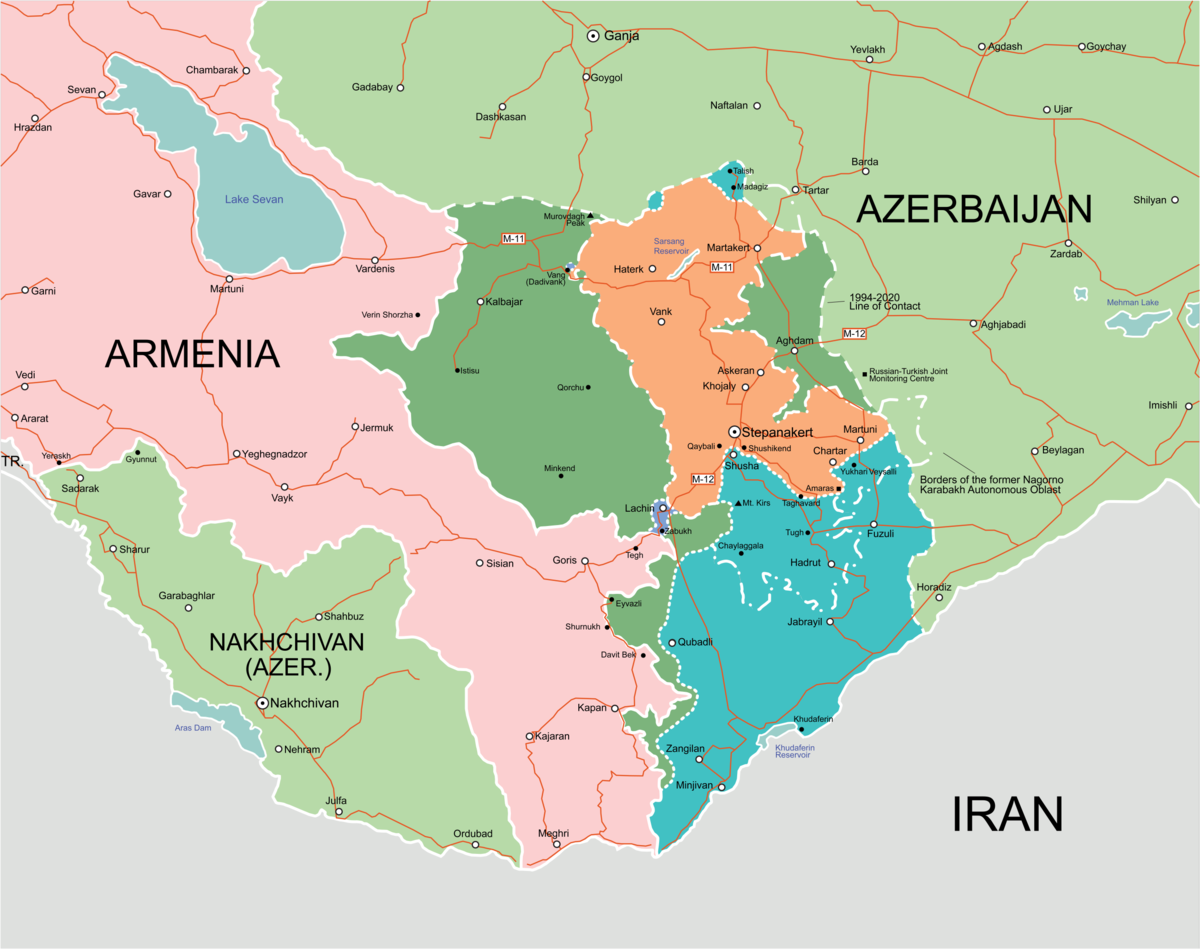
Will it be possible to train fighters in virtual air combat?
Augmented reality in practical aviation training. Left: Berkut experimental aircraft with a pilot practicing in-flight refueling, right: 3D image of a KS-46A Pegas tanker seen through the pilot's eyes.
The team of Dan Robinson, co-founder and CEO of Red 6 Aerospace, is working on a project that aims to revolutionize air combat training for fighter pilots through the use of augmented reality. Red 6 Aerospace is supported by the USAF's AFWERX Accelerated Technology Program. For many, the problem of practical training of pilots, which involves direct participation in organized air combat, has become a multibillion-dollar "headache" for the military.
Retired fighter pilot Dan Robinson and his team at Red 6 are working hard to revolutionize the way military pilots are trained to engage in dogfights with modern fighters. It turns out that there is a chance to achieve much more than is possible today. To do this, however, it is necessary to use advances in the development of augmented reality (AR).
The Red6 team working on a revolutionary new solution for fighter pilot training: Dan Robinson (center) and his associates Nick Bikanik (left) and Glenn Snyder.
The Red 6 people are working on a complete replacement for enemy jet fighters who have to physically fly against their own fighter pilots training dogfights over ranges. This is done at the cost of tens of thousands of dollars per playoff hour for trainees. The Red 6 team is proposing to replace expensive aggressor aircraft (owned by the US Air Force or privately owned companies playing the role of an air enemy) with computer projections displayed in front of the eyes of fighter pilots practicing their air combat skills by flying their aircraft.
The U.S. Air Force has over 2000 fighter pilots, and many billions of dollars have been spent every year for many years to provide an ever-increasing level of potential air adversaries (Chinese J-20 fighter pilots or Russian Su-57 fighter pilots) with practical training in the most realistic conditions of direct close-range combat involving expensive aircraft playing the attack of aggressors, which are equipped with fake squadrons of the US Air Force, and partially provided by private companies that have mostly surplus aircraft pretending to be the enemy air force for the needs of the US Air Force.
Training jet fighter pilots for close air combat, suppression of ground targets with air traffic controller (air or ground) support, and air refueling is complex, costly, and dangerous. In the past, large and expensive simulators were the best way to place a pilot in the "cockpit" next to an airborne enemy, but even modern military simulators are of limited effectiveness. The most important feature of air combat is ignored - the cognitive load (speed, overload, attitude and telemetry of real fighters), which - for obvious reasons - causes significant stress for modern fighter pilots.
Dan Robinson said: Simulation plays an important role in the training cycle of a fighter pilot. However, they cannot accurately reflect reality, and then they emphasize: fighter pilots accumulate their experience in flight.
The solution to this costly problem, he said, was to put AR on the plane, the most advanced of which were filled with primitive AR solutions for remote control, but without the ability to present artificial targets to pilots in flight.
Target tracking in the pilot's head, line of sight selection, positional dynamics of a real aircraft, and real-time matching of augmented reality units presented to a fighter pilot require near-zero visual latency and unprecedented processing speed and bitrate. For a system to be an effective learning tool, it must mimic the operating environment and not leave the user feeling like they are looking through a straw, which requires a much wider field of view from the presentation system than AI systems currently available on the market. market.
Dan Robinson, a former Royal Air Force pilot who flew combat missions in the Tornado F.3 fighter, graduated from Britain's Top Gun School and became the first non-US pilot to work as a flight instructor on the world's most advanced fighter jet. F-22A Raptor aircraft. It was he who proposed the two-stage 18-month USAF AFWERX technology acceleration program. As a result of its implementation, firstly, he demonstrated that this technology would work already on the ground and effectively simulate air-to-air combat and the supply of additional fuel in flight, and secondly, he proved that he could imagine a stationary AP installation. in space as seen from a moving aircraft in daylight.

